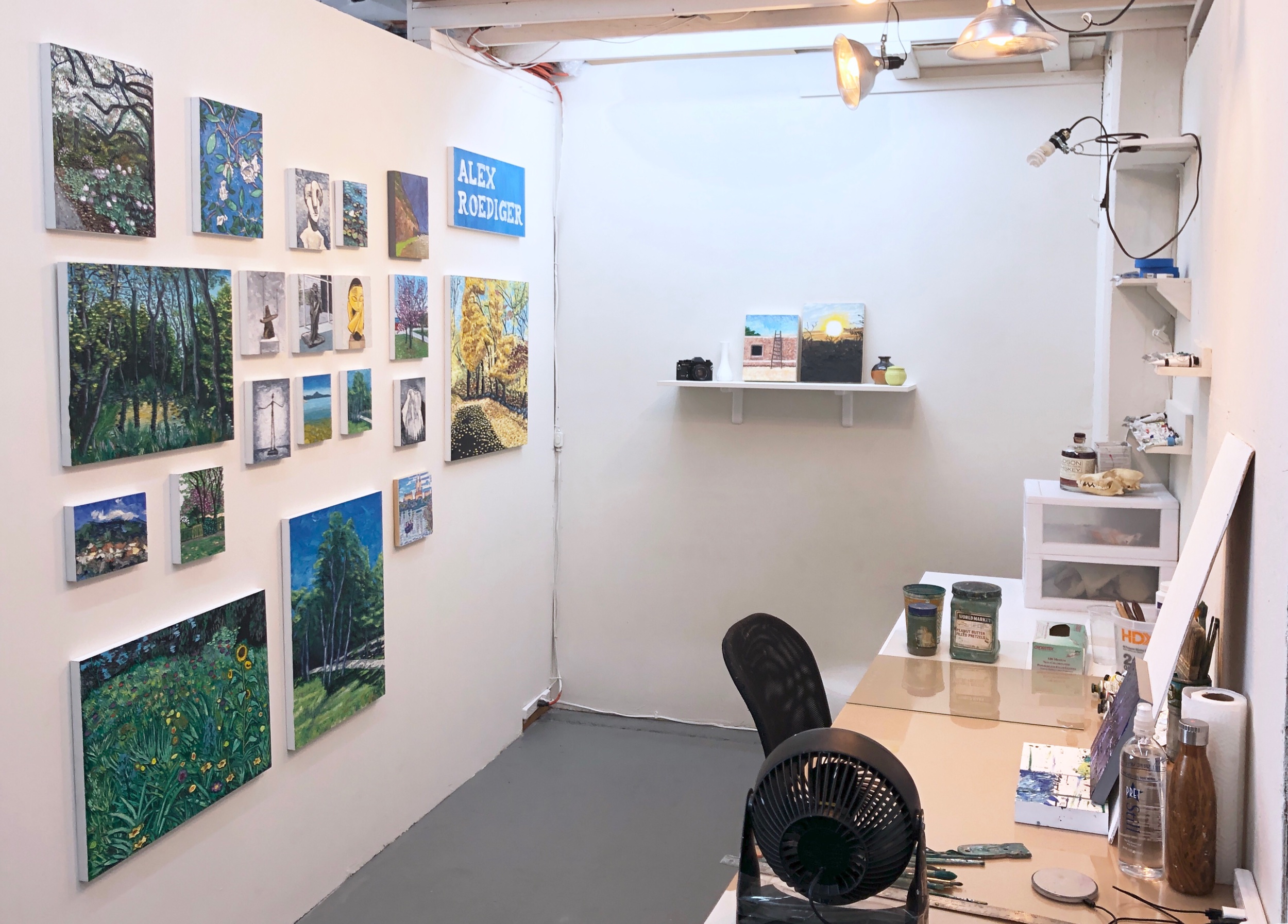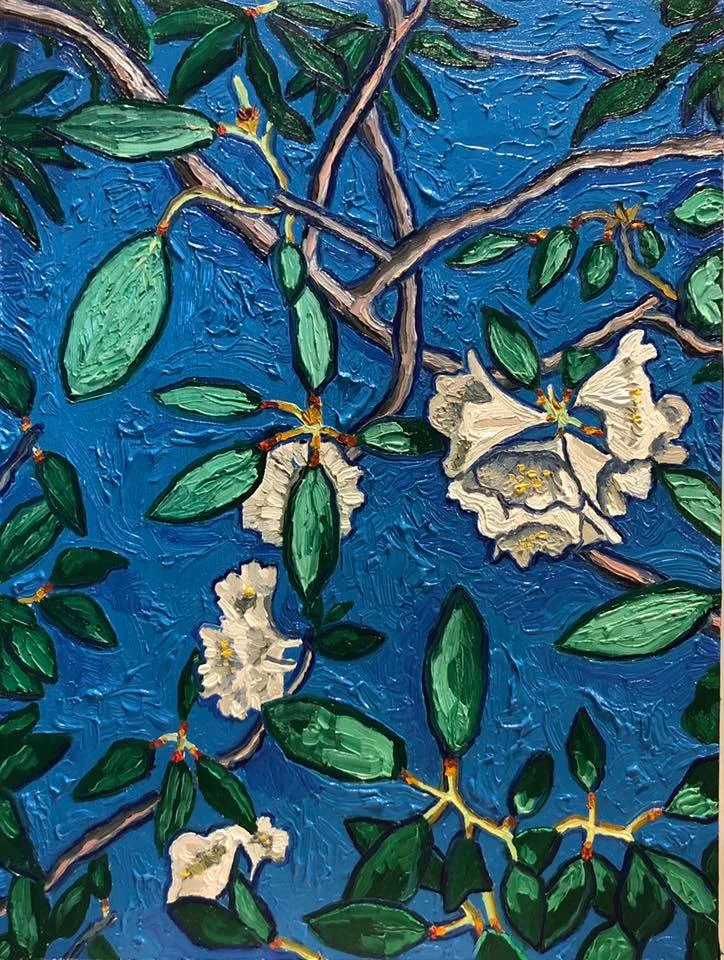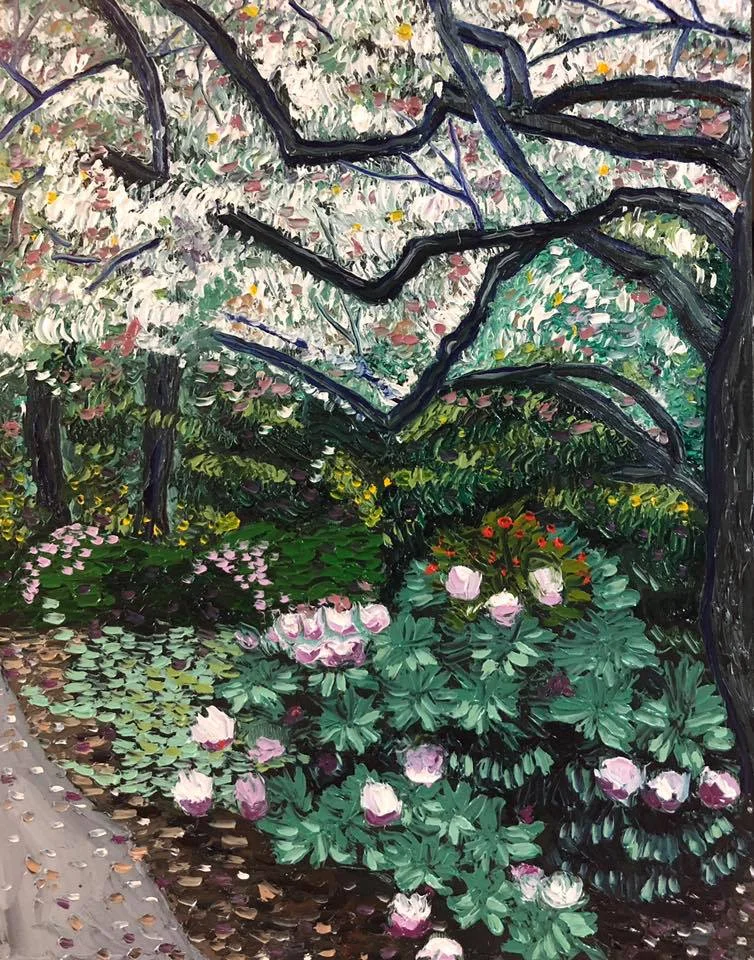I’m a MoMA staff member and I've spent years eagerly anticipating the museum's recent expansion. The new MoMA is finished and the results have exceeded my expectations.
Out of the changes made, the revamped curatorial choices excite me the most. The art is arranged largely by theme and less by time period, often juxtaposing contemporary and modern artworks in the same rooms. The themes vary in tone, with some being academic and others more playful. New gallery themes include Masters of Popular Painting, Machines, Mannequins, and Monsters, In and Around Harlem, etc. The expanded galleries provide space for lesser-known works in the collection to be seen and it’s been fun to stumble upon pieces I’ve never viewed before.
I was thrilled to see a work by self-taught artist Judith Scott from Creative Growth Art Center on view in the collection galleries. My wife works at Fountain House Gallery & Studio, a program for artists living with mental illness, and is a huge fan of Creative Growth. Last year we visited Creative Growth Art Center and saw firsthand their amazing gallery and studio for artists with disabilities. It made me happy to see Judith Scott in the mix with art canon mainstays like Picasso and Matisse.
Every six months about a third of MoMA’s collection will be rotated out giving visitors a whole new suite of artworks to appreciate. Although the collection will be rotating, visitor favorites like Van Gogh’s Starry Night and Warhol’s Campbell's Soup Cans will almost always be on view.
My job involves collecting and sharing visitor feedback and I am looking forward to learning what you think of the new space!
MoMA reopens on October 21st.
Some photos of the new MoMA:
I love doing commissions!
Learn more about commissioning your own landscape painting
Commissioned landscape paintings also make for excellent gifts for weddings, holidays and house warming gifts.
















































































































